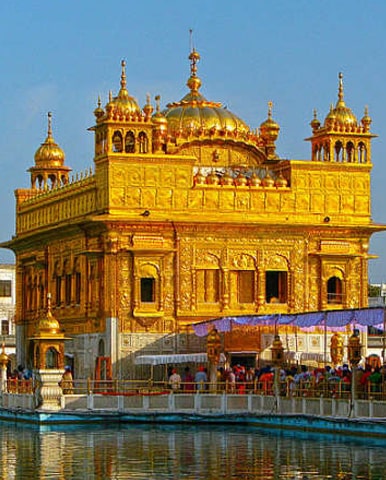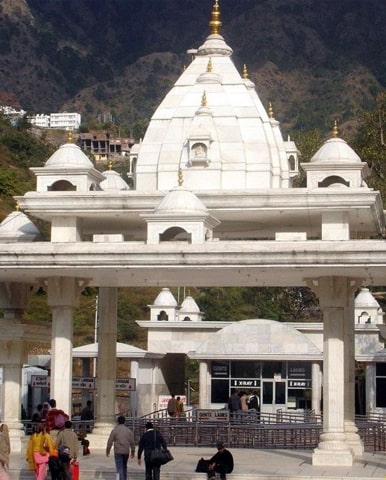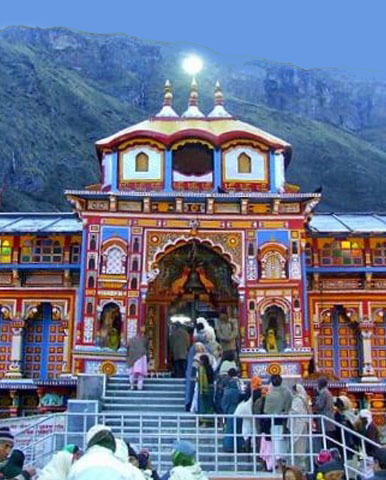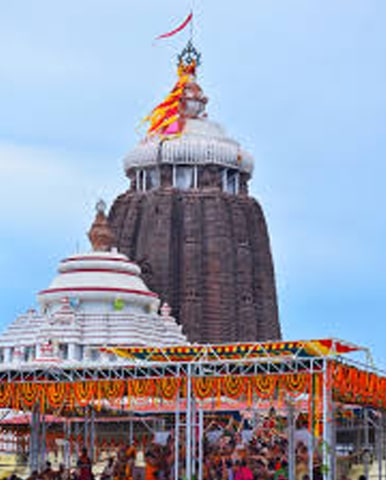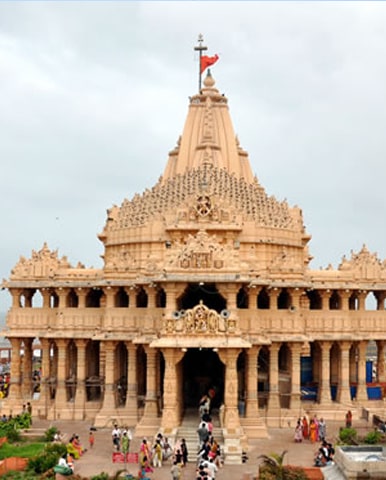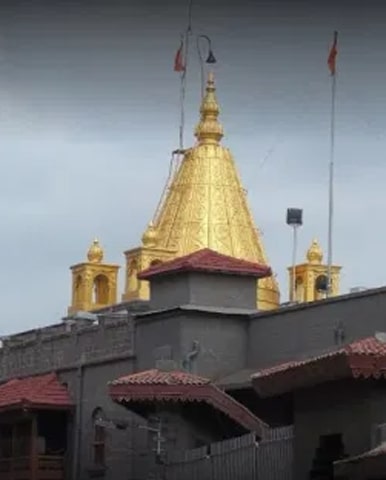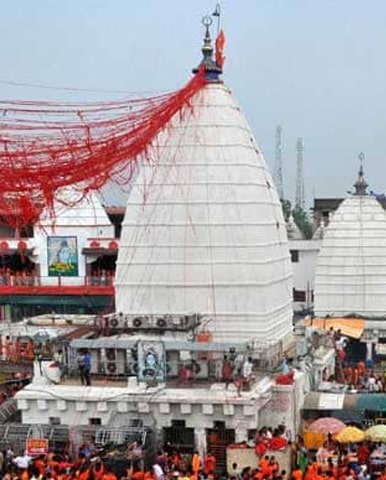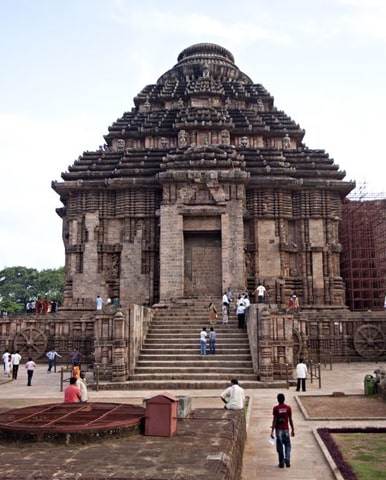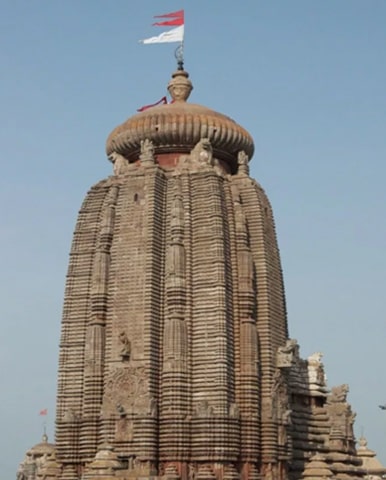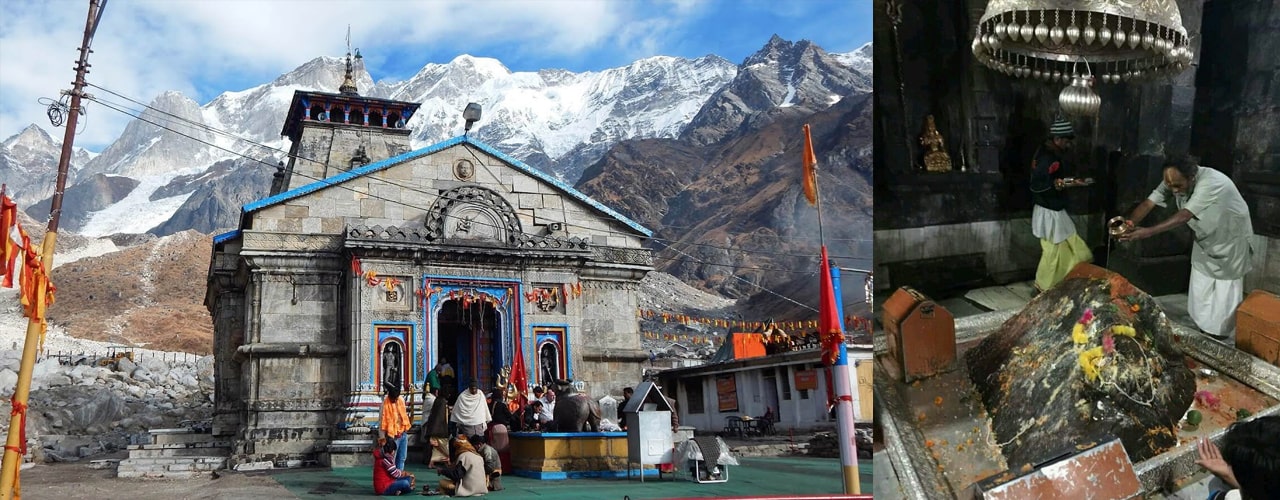
Kedarnath Temple, Kedarnath
Kedarnath Temple (Sanskrit:केदारनाथ मंदिर, IAST:kēdārnāth Mandira, lit. ‘temple of the lord of the field’), is a Hindu temple (shrine) devoted to Shiva. Located at the Garhwal Himalayan variety near the Mandakini river, Kedarnath is placed in the state of Uttarakhand, India. Due to severe weather conditions, the temple is open to most people only among the months of April (Akshaya Tritiya) and November (Kartik Purnima, the fall complete moon). Throughout the winters, the vigraha (deity) from Kedarnath temple is carried all the way down to Ukhimath and where the deity is worshiped for the following six months. Kedarnath is visible as a homogenous shape of Shiva, the ‘Lord of Kedarkhand’, the historic name of the place.
The temple is not directly on hand by street and has to be reached by using a 22 kilometres (14 mi) uphill trek from Gaurikund. Pony and manchan carrier is available to reach the shape. In step with Hindu legends, the temple was to start with built through Pandavas, and is one of the twelve Jyotirlingas, the holiest Hindu shrines of Shiva.It is one of the 275 Paadal Petra Sthalams, expounded in Tevaram. Pandavas had been speculated to have thrilled Shiva with the aid of doing penance in Kedarnath.The temple is one of the 4 foremost web sites in India’s Chota Char Dham pilgrimage of Northern Himalayas. This temple is the best the various 12 Jyotirlingas.Kedarnath turned into the worst affected region for the duration of the 2013 flash floods in North India. The temple complicated, surrounding regions, and Kedarnath city suffered giant harm, but the temple structure did no longer suffer any “important” damage, apart from some cracks on one facet of the 4 partitions which was because of the flowing debris from the better mountains. A large rock among the particles acted as a barrier, protecting the temple from the flood. The surrounding premises and different buildings inside the marketplace location had been heavily damaged.
The temple, at a peak of three,583 m (eleven,755 feet), 223 km (139 mi) from Rishikesh, at the shorelines of Mandakini river, a tributary of Ganga, is a stone edifice of unknown date.It isn’t always positive who built the authentic Kedarnath temple and while. The call “Kedarnath” method “the lord of the sphere”: it derives from the Sanskrit phrases kedara (“field”) and natha (“lord”). The text Kashi Kedara Mahatmya states that it is so referred to as because “the crop of liberation” grows right here. In keeping with a theological account, the god Shiva agreed to dwell right here at the request of Nara-Narayana.After the Kurukshetra conflict, the Pandava brothers, came here to fulfill Shiva on the advice of the sage Vyasa, because they desired to are trying to find forgiveness for killing their kin at some point of the struggle. However, Shiva did now not want to forgive them: so, he was a bull and hid a few of the cattle on the hill. While the Pandavas managed to music him, he attempted to vanish through sinking himself head-first into the floor. One of the brothers, Bhima, grabbed his tail, forcing him to appear earlier than them and forgive them. The Pandava brothers then constructed the first temple at Kedarnath. The quantities of Shiva’s frame later appeared at four different places; and together, these five places got here to be known as the 5 Kedaras (“Panch Kedar”); the pinnacle of the bull appeared at the vicinity of Pashupatinath.
The Mahabharata, which offers the account of the Pandavas and the Kurukshetra conflict, does not point out any place known as Kedarnath. One of the earliest references to Kedarnath takes place inside the Skanda Purana (c. Seventh-eighth century), which contains a tale describing the foundation of the Ganges river. The text names Kedara (Kedarnath) because the region wherein Shiva released the holy water from his disheveled hair. In keeping with the hagiographies based totally on Madhava’s Sankshepa-shankara-vijaya, the eighth century truth seeker Adi Shankara died at Kedaranatha (Kedarnath); despite the fact that different hagiographies, primarily based on Anandagiri’s Prachina-Shankara-Vijaya, state that he died at Kanchi. The ruins of a monument marking the purported dying region of Shankara are placed at Kedarnath.Kedarnath changed into truely a prominent pilgrimage centre by the 12th century, when it’s far stated in Kritya-kalpataru written through the Gahadavala minister Bhatta Lakshmidhara. In line with a tradition recorded via the English mountaineer Eric Shipton (1926), “many masses of years ago”, the Kedarnath temple did now not have a neighborhood priest: the priest of the Badrinath temple used to hold offerings at both the temples, visiting among the two places every day.
Share This Post:
How to reach
- By Road: Visitors can board regular buses from Rishikesh and Kotdwar to Kedarnath. Private taxis can also be hired from these places. The National Highway from Delhi to Mana (538 km) remains open throughout the year. Kedarnath is also accessible by foot from GauriKund, which is connected by state buses to Rishikesh, Dehradun, Kotdwara and Haridwar. The bus fares vary depending on the season.
- By Train: The nearest railhead is at Rishikesh, 221 km away. Pre-paid taxi services are available at the railway station which charge about Rs 3,000. One has to travel 207 km by road and the rest 14 km on foot to reach Kedarnath.
- By Air: TThe nearest domestic airport is Jolly Grant Airport in Dehradun, about 239 km from Kedarnath and operates daily flights to Delhi. Taxis are available from Dehradun airport to Kedarnath. Nearest international airport is Delhi.
Related Temples
How to reach
- Nearest airport is Dehradun
- Nearest railway station is Rishikesh
- Nearest bus stations are Rishikesh and Kotdwar

